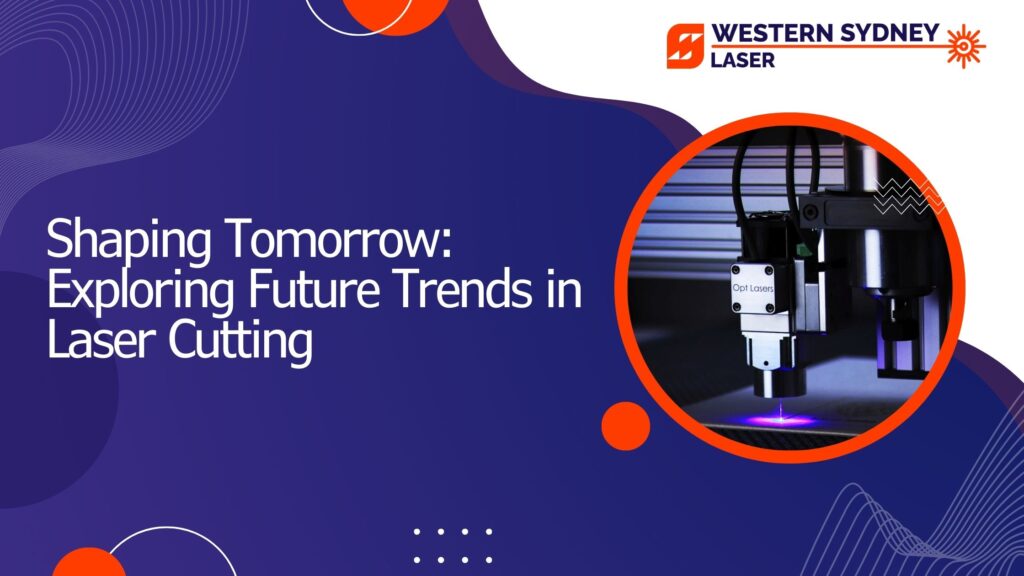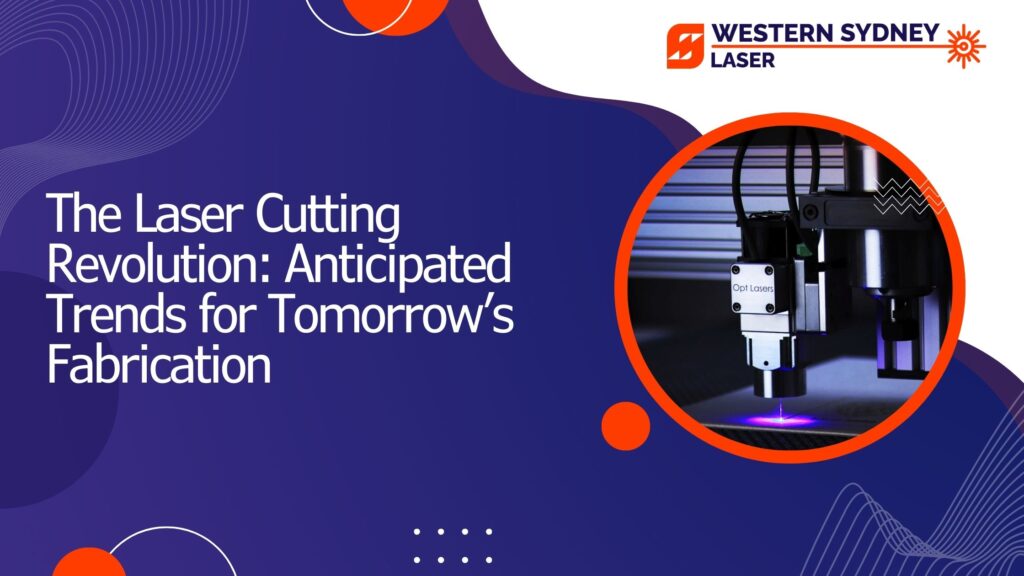Services for laser cutting are constantly in demand. Paper, metal, plastic, wood, leather, and chiffon are just a few of the materials that are commonly cut with the help of laser beam technologies.
Cutting and engraving sheets of various sizes are made simple by laser cutters.
From the manufacture of intricate architectural components to the design of custom items for exhibitions, festivals, or photo shoots, laser cutters are used in many fields.
Creating personalized products in both small and large quantities, such as patterns, badges, and invitation cards, for the jewelry and fashion industries.
Laser cutting offers benefits and drawbacks, just like any other technical service.
What is Laser Cutting?
A high-energy laser beam is used in the machining technique known as “laser cutting” to cut through any material.
The acronym for Light Amplification by Stimulated Emission of Radiation is a laser.
It is among the most widely used kinds of industrial cutting procedures.
Recently, small workshops, hobbyists, companies, and educational institutions have also started to use laser cutters extensively.
All materials can be sliced by laser cutting, regardless of their physical characteristics.
Laser Cutting Advantages
A wide range of materials, industries, and applications can benefit from laser cutting, which also offers fast speed, excellent precision, no material contamination, infinite 2D complexity, and a large selection of materials.
1. High Speed
Laser cutting has a processing speed that few other industrial techniques can match.
Cutting a 40 mm steel sheet with a 12 kW oxygen-assisted laser can accomplish cutting speeds that are about 10 times faster than a bandsaw and 50–100 times faster than wire cutting.
2. High Precision
The high cutting quality is ensured by the energy beam’s narrowness and the material’s or the laser optics’ ability to be changed precisely.
Laser cutting allows intricate designs to be executed at high feed rates, even on difficult or fragile material substrates.
3. Variety of Materials
Stainless steel, mild steel, titanium, Hastelloy, tungsten, acrylic, and other polymers can all be efficiently sliced using the versatile technology of laser cutting. With advances in technology, this adaptability is growing.
4. Diverse Industries and Applications
The combination of precision, high processing rates, and diversity makes laser cutting useful in a wide range of manufacturing applications.
In most manufacturing sectors, sheet materials are essential to production.
Laser Cutting Disadvantages
Laser cutting has limitations, even though it’s used to make parts for almost every sector. More specifically, consider the following before using laser cutting:
1. Dangerous Fumes
One advantage of laser cutting is that it can cut through a wide range of materials.
When performing the thermal cutting method, the material melts and releases gases and unpleasant odors.
2. Metal Thickness Limitations
When it comes to cutting extremely thick plates, laser cutting is less suited than other thermal cutting techniques.
The maximum acceptable thickness is determined by the tools and expertise at hand.
Conclusion
Construction and manufacturing sectors favor laser cutting because it is fast, accurate, and capable of handling intricate patterns.
Western Sydney Laser Cut harnesses these advantages to create high-quality, efficient solutions.
The method can be unsuitable for some projects due to its drawbacks, which include more starting costs and possible material limits.
Despite these limitations, laser cutting’s accuracy and adaptability make it a useful tool for companies looking to improve their operations and use innovative fabrication methods.



